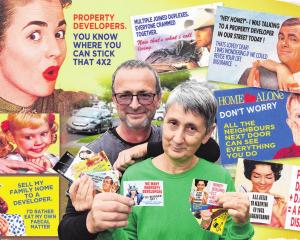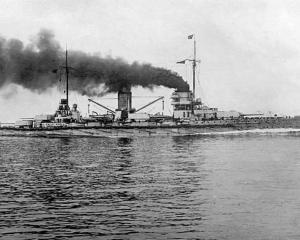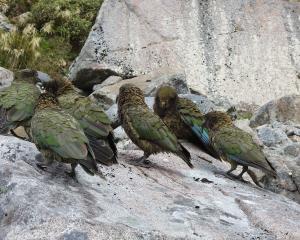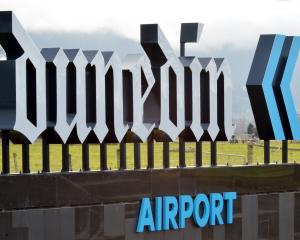
As a result of inadequately controlled urban growth there are threats emerging which will adversely affect Wanaka's open spaces.
Wanaka is fortunate to have a such a good number of open spaces for public recreation and enjoyment in relatively close proximity to its town centre. Pembroke Park, Wanaka Station Park, Eely Point Reserve, Lismore Park and Wanaka Golf Course are just some of the areas available.
The largest area is the golf course. The course is on a crown recreation reserve of nearly 56ha, administered by the QLDC on behalf of the Crown, and designated for public golfing activity.
The Wanaka Golf Club has taken a lease of the area from the QLDC to ensure the purposes of that designation are fulfilled. That has enabled the club to develop and manage what is recognised as one of New Zealand's great small golf courses. The club actively encourages the public to participate in golf recreation, with some success - over 30,000 rounds of golf a year from over 1000 members of the Wanaka Golf Club and around 7000 green fee players per annum making it the largest club in the South Island.
The Wanaka Golf Club is a registered charity, and has helped generate more than $340,000 for various charitable causes over the years, through the many events it organises.
When the club was first established almost a century ago, in the early 1920s, the golf course was situated on ``The Common'' that is now Pembroke Park. It was re-established at its current location, where the existing clubhouse now sits, in 1928.
A gift of land from Mrs Macpherson of Wanaka Station led to the formation of the second nine holes, east of Macpherson St, in 1967. This land was gifted to the Crown on condition it was a reserve for golf and was designated for golfing recreation purposes to help protect the land's ongoing use as a golf course.
The 18-hole layout of the course has had to be specially designed to fit within the reserve's area, as there is little spare room in 56ha to establish a golf course. As a consequence, the course is shorter than some, but nevertheless provides a good challenge.
"Highly efficient'' would be an appropriate description for the way the 18-hole course has been fitted into the available 56ha.
As well as paying Queenstown Lakes District Council rent and rates for the reserve, under its "golfing purposes'' lease, the club has spent millions of dollars over the years developing the course, and continues to maintain and care for the course at its own cost of close to $1million per annum. This in itself contributes greatly to the community, providing employment for 17 people and from purchasing local goods and services.
This is unlike most other reserves, where the cost of management and maintenance falls on the local authority, and eventually, the ratepaying community that authority represents.
As well as being a valuable and enjoyable community asset, the proximity of the Wanaka Golf Course to the town, and the course's attractive features and views, have made it the envy of many other local and international communities.
There is justified community pride and enjoyment in both the course quality and its position, providing as it does internationally recognised open recreational space so close to a town centre. Add to that the contribution to community wellbeing and the charitable support achieved from use of the Wanaka golf course over the years, and there could be little argument that protection and continuation of golfing recreational purposes on this specially designated reserve should continue unaffected for many years.
The club's lease of the recreation reserve from the QLDC runs on 33-year cycles and is perpetually renewable.
This gives increased legal protection to the reserve's open spaces, designated as they are for golfing recreation.
That is an extremely important factor as growth pressures continue in the Queenstown Lakes district, and Wanaka in particular, and the Wanaka Golf Club is committed to ensuring there is no development encroachment on the course so that the Wanaka community can continue to enjoy the benefits generated by the course.
- David Smallbone is the chairman of the Wanaka Golf Club.












